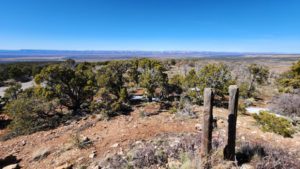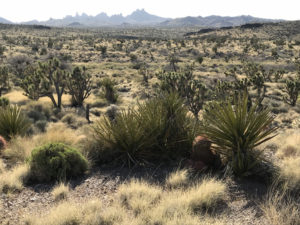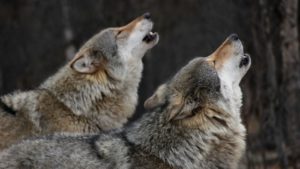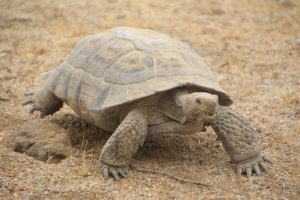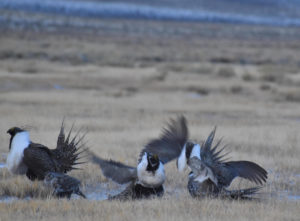For Immediate Release, February 19, 2020
Contacts:
Erik Molvar, Western Watersheds Project (307) 399-7910,
Taylor Jones, WildEarth Guardians, (720)443-2615, tjones@wildearthguardians.org
Michael Saul, Center for Biological Diversity, (303) 915-8308,
BOISE, Idaho― The Trump administration announced today that it will release new plans to slash protections for the dwindling greater sage grouse, attempting to satisfy a federal court ruling that blocked its earlier attempt.
The Bureau of Land Management’s supplemental environmental impact statements ― covering millions of acres of public land in Colorado, northeastern California, Nevada, Oregon, Idaho, Utah and Wyoming ― will still allow enormous new loopholes for fossil fuel development that conservation groups say will doom the bird to extinction.
“Instead of rushing to paper over the defects and ram through the Trump administration’s revisions, the BLM should instead be improving and enforcing its existing on-the-ground commitment to sage grouse,” said Erik Molvar of Western Watersheds Project. “We know that this species needs serious, immediate help, including firm limits on human-caused degradation of its habitat.”
In March 2019 the BLM finalized sweeping changes to a series of 2015 public-land management plans that were aimed at increasing protections for remaining sage-grouse habitat. But these plans reduced safeguards against livestock grazing, oil and gas development, hard-rock mining and other threats to healthy sagebrush ecosystems.
Conservation groups sued, and in October a judge blocked the plans, saying the agency had failed to analyze how sage grouse would be harmed by the BLM’s plans. The plans stripped away protected habitat acreage, removed requirements that grazing operations leave adequate grass hiding cover in nesting and brood-rearing habitat, abandoned decisions to set aside areas from grazing for scientific study, and loosened numerous safeguards on oil and gas leasing and development in key grouse habitats.
“Considering that this administration is gutting important environmental regulations, there’s no reason to trust that this process will protect sage grouse,” said Taylor Jones, endangered species advocate with WildEarth Guardians. “It’s more likely to protect extractive industries.”
“This looks like a feeble attempt to disguise the Trump administration’s prior efforts to replace remaining sage-grouse habitat with fracking rigs and cows,” said Michael Saul, an attorney at the Center for Biological Diversity. “The BLM’s shortsighted decision is driven by blind hatred of the sage grouse and a desire to turn over public lands to the fracking industry. It’s ludicrous for the BLM to assert that science or informed consideration of the consequences has anything to do with it.”
The BLM will take public comments for 45 days on its renewed effort to reduce habitat protections. The comment period closes April 6, 2020.
Greater sage-grouse populations are dwindling in all western states. Over the past few years sage-grouse numbers are down 61% in Utah, 33% in Nevada, 52% in Idaho and 44% in Wyoming. In Oregon the 43% decline is the lowest since reliable counts began more than 25 years ago. In North Dakota only 29 males came out to strut last spring.
The birds once occupied hundreds of millions of acres across the West, but their populations have plummeted as oil and gas development, livestock grazing, roads, powerlines and other activities have destroyed and fragmented their native habitats.
Protecting the grouse and its habitat benefits hundreds of other species that depend on the Sagebrush Sea ecosystem. That includes pronghorns, elk, mule deer, golden eagles, native trout and migratory and resident birds. The BLM is responsible for managing about half of the nation’s remaining sage-grouse habitat.
###

